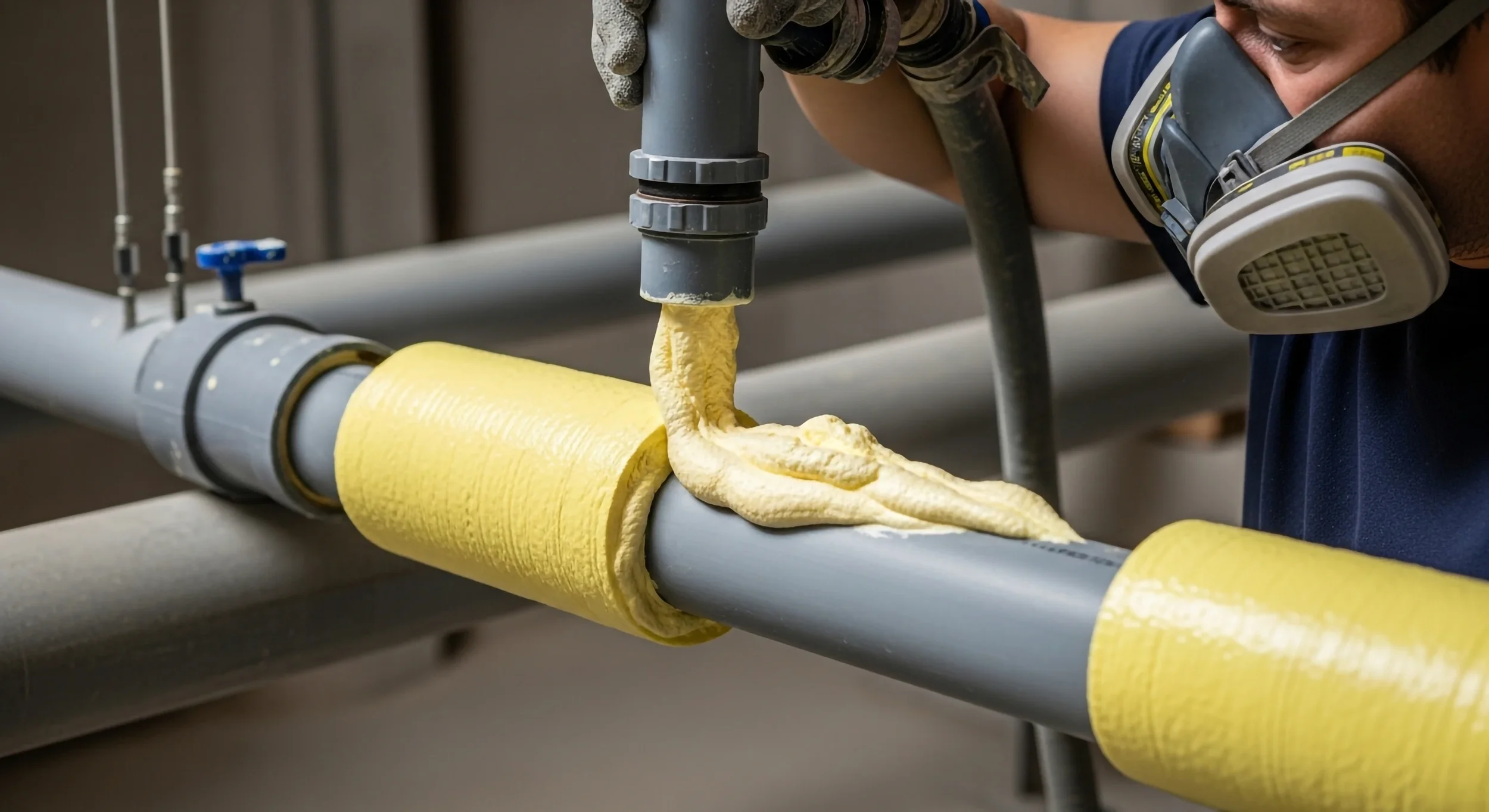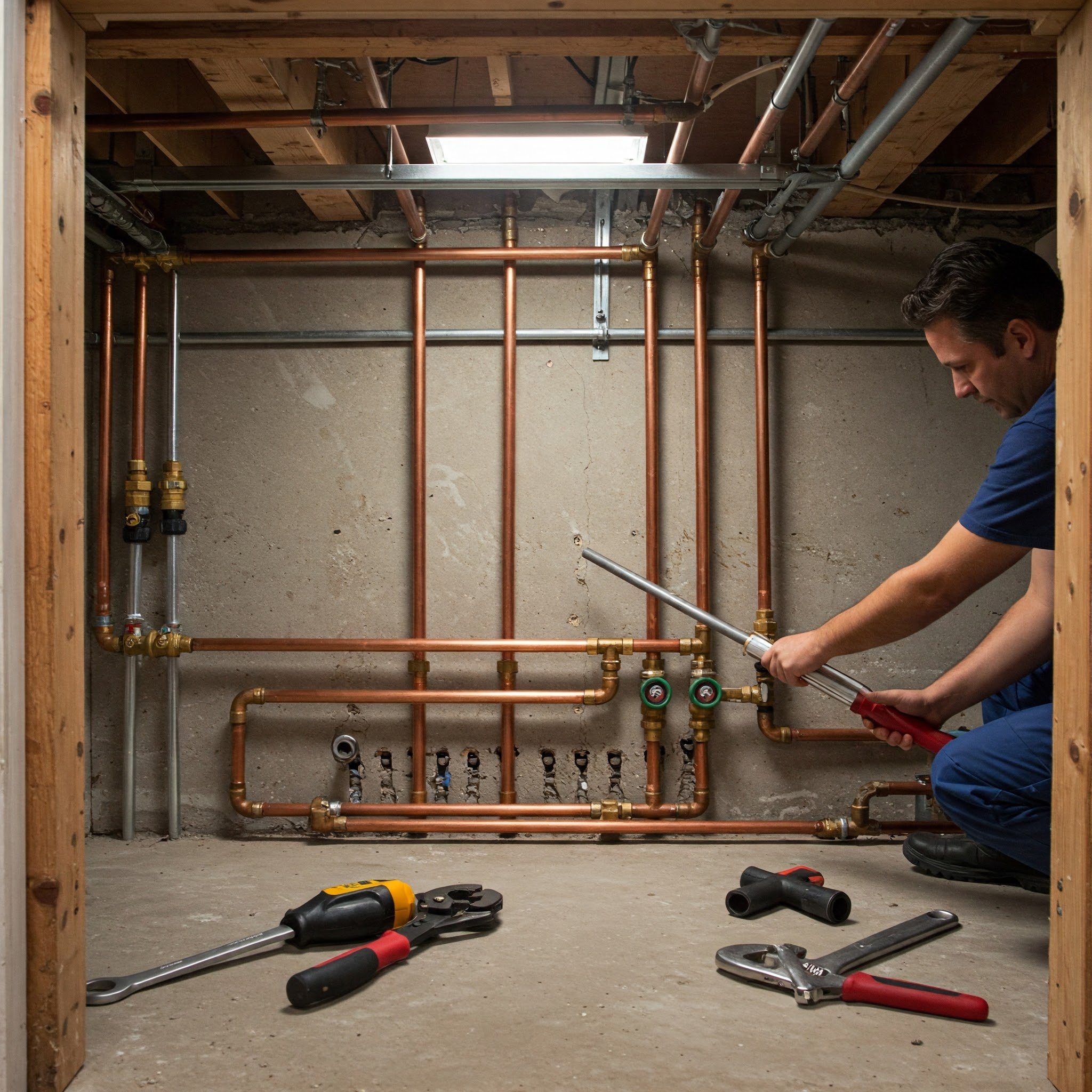Pipework Insulation: The Hidden Upgrade That Saves Energy
Learn how pipework insulation boosts energy efficiency, reduces heat loss, and lowers utility costs, making it a smart upgrade for any home.
Most people focus on boilers, heaters, and other visible systems when trying to reduce energy use. It’s easy to overlook the parts that sit behind walls or above ceilings, even though they often shape how a building performs every day.
Pipework insulation is one of those upgrades that rarely gets attention but delivers consistent improvement. When pipes stay at the right temperature, everything connected to them works more efficiently. That leads to lower running costs, fewer repairs, and a more comfortable space for anyone living or working inside.
Why Pipework Insulation Makes a Noticeable Difference
Insulating your pipes helps slow heat loss along hot water lines and limits temperature gain on chilled lines. When temperatures stay more consistent, your heating and cooling equipment does not need to cycle as often. This steadier operation helps reduce energy use and protects your system from unnecessary strain caused by uncontrolled heat flow.
There are several insulation materials used for pipework, each designed for specific conditions. Rubber insulation, fiberglass, mineral wool, and various foam products are common choices. You may also come across polyisocyanurate (PIR), a rigid closed-cell foam used in industrial applications for its strong thermal resistance. Knowing these options helps you select a product that suits the needs of your property, especially when considering factors such as thermal conductivity.
Lowering Energy Use Without Major Changes
Pipe insulation doesn’t require a large project. It’s a practical upgrade that can be added with minimal disruption and begins working right away. When hot water reaches taps without cooling along the line, your system holds its temperature more easily and doesn’t need to compensate as often. This improvement supports smoother operation and helps keep energy use under control.
The same benefit applies to chilled water systems that move through warmer sections of a property. Insulation helps reduce unwanted temperature gain, which lowers the workload on cooling equipment. As a result, your system no longer expends extra energy trying to maintain set levels. These small changes help extend the life of your mechanical equipment.
You may also notice improvements in day-to-day use. Hot water arrives sooner at taps, and chilled water doesn’t warm up before reaching its destination. This makes routine tasks more efficient and reduces unnecessary water and energy waste. It’s a simple change that creates a more predictable experience throughout the building.
Reducing Stress on Your Plumbing Over Time
Pipes respond to changes in temperature. They expand when exposed to heat and contract when cooled. This repeated movement places pressure on joints and fittings. Insulation helps reduce the impact of these temperature swings and supports a more stable plumbing system.
Uninsulated pipes are also more vulnerable in colder areas of a building. Spaces like basements, service rooms, and exterior walls can expose pipework to lower temperatures. When pipes drop below safe levels, the risk of freezing increases and can lead to frozen water pipes, which often cause cracks or leaks once they thaw. Insulation provides sufficient thermal protection, reducing the likelihood of these problems before they occur and also enhances condensation control.
Supporting a Quieter and More Comfortable Environment
Active plumbing can produce noise as water moves through the system. Some pipes create tapping or knocking sounds, especially when temperature changes cause them to shift slightly in place. Insulation helps to soften these noises, making them less noticeable. This improvement contributes to a more comfortable living or working environment.
You also benefit from more consistent water temperatures. Sudden changes at taps or fixtures are less common when pipes hold their heat or cooling more effectively. Anyone who has experienced a temperature fluctuation in the middle of a shower knows how disruptive it can be. Proper insulation helps keep those fluctuations under control and reduces the likelihood of hidden water damage.
Meeting Current Standards and Improving Long-Term Performance
Many modern guidelines recommend or require pipe insulation in specific areas. Using the correct materials helps you stay aligned with those expectations and simplifies routine inspections. Some insulation types also limit condensation and moisture buildup, which in turn support better indoor conditions.
A well-insulated plumbing system typically operates more reliably. That means fewer surprises, lower maintenance needs, and a building that feels well-managed. Even if tenants or visitors never see the insulation, they still experience its benefits through stable water temperatures, reduced noise, and fewer interruptions caused by plumbing issues.
Final Words
Small improvements often create the most reliable results, and pipework insulation is one of them. It limits heat loss, protects your plumbing, and helps your systems run with less effort. Paying attention to these details gives you the chance to lower long-term costs and improve comfort throughout the building. When the right insulation is in place, the entire system becomes easier to manage for years to come.







